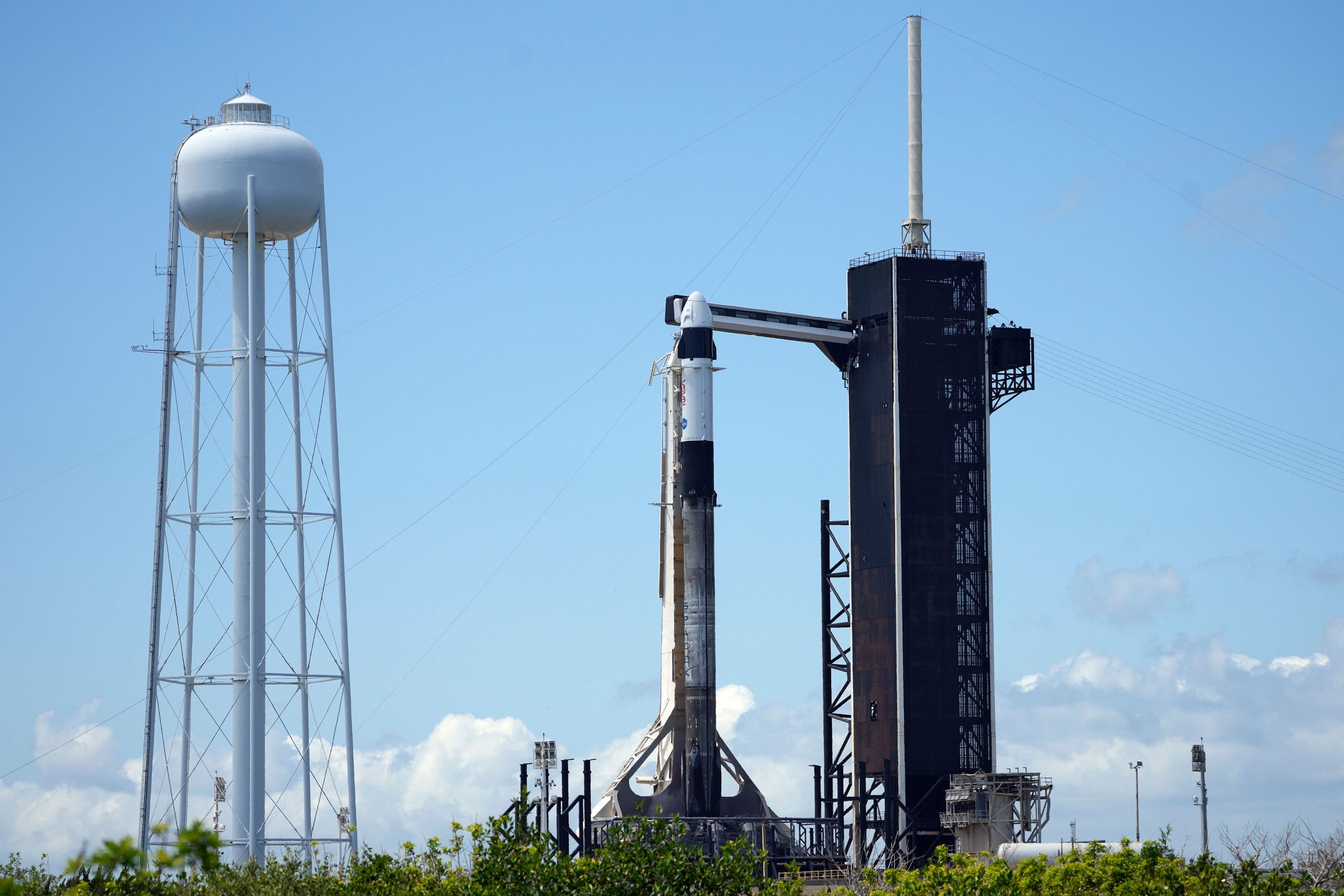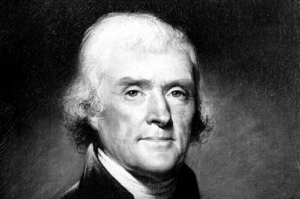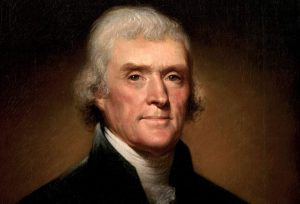For all the trouble and lawsuits that Elon Musk has found himself a part of in the past few months, its hard to deny the fact that spaceflight has changed significantly since the first time we put man on the moon.
While SpaceX has been putting its reusable rockets to good use, other countries and organisations have been busy tinkering with their own methods to get out of the stratosphere.
Here’s a list of all the important space launches that happened this week, funnily enough, they all happened on a Thursday:
China
The Long March 4B rocket launched at 11:08 am, Beijing time from the Taiyuan Satellite Launch Center. The rocket carried three satellites as part of its payload. The Terrestrial Ecosystem Carbon Inventory Satellite will be used to monitor forest vegetation and the effects of aerosols. On the other hand, HEAD 2G will be used to collect ship and flight data while Minhang Youth Satellite will help students learn about space science.
Its second launch was a bit more mysterious as it did not make clear what it was carrying. The Chinese space agency sent the Long March 2F into space as part of its efforts to test reusable rocket technology, although there is speculation that it might have been carrying a spaceplane, according to Space News.
Also Read: Eutelsat and OneWeb to merge, want to rival SpaceX in satellite internet
South Korea
The country’s first mission to the moon took off on a SpaceX rocket. This is also the first time that SpaceX will be sending a payload to lunar orbit on one of its rockets. The rocket is carrying the country’s Korea Pathfinder Lunar Orbiter, which is designed to test tech for future lunar exploration. The probe will reach lunar orbit sometime in mid-December.
Also Read: What is Starlink?
Rocket Lab
The American aerospace manufacturer launched a payload from its New Zealand subsidiary for the National Reconnaissance Office. The NRO handles operations of US spy satellites. The company released a statement saying that the launch was to help the “NRO to provide critical information to government agencies and decision makers monitoring international issues.”
Also Read: UAE sets aside $820 million for six year space development plan
United Launch Alliance
The American company used its Atlas V rocket to launch the Space Based Infrared System Geosynchronous Earth Orbit for Space Force (America’s branch of armed services meant for space). The latest launch puts Space Force’s final satellite into space, completing the Space Systems Command Constellation. The satellite constellation is meant to detect and track missles.







